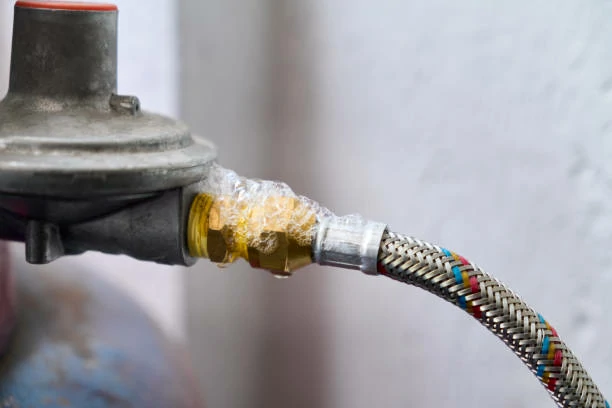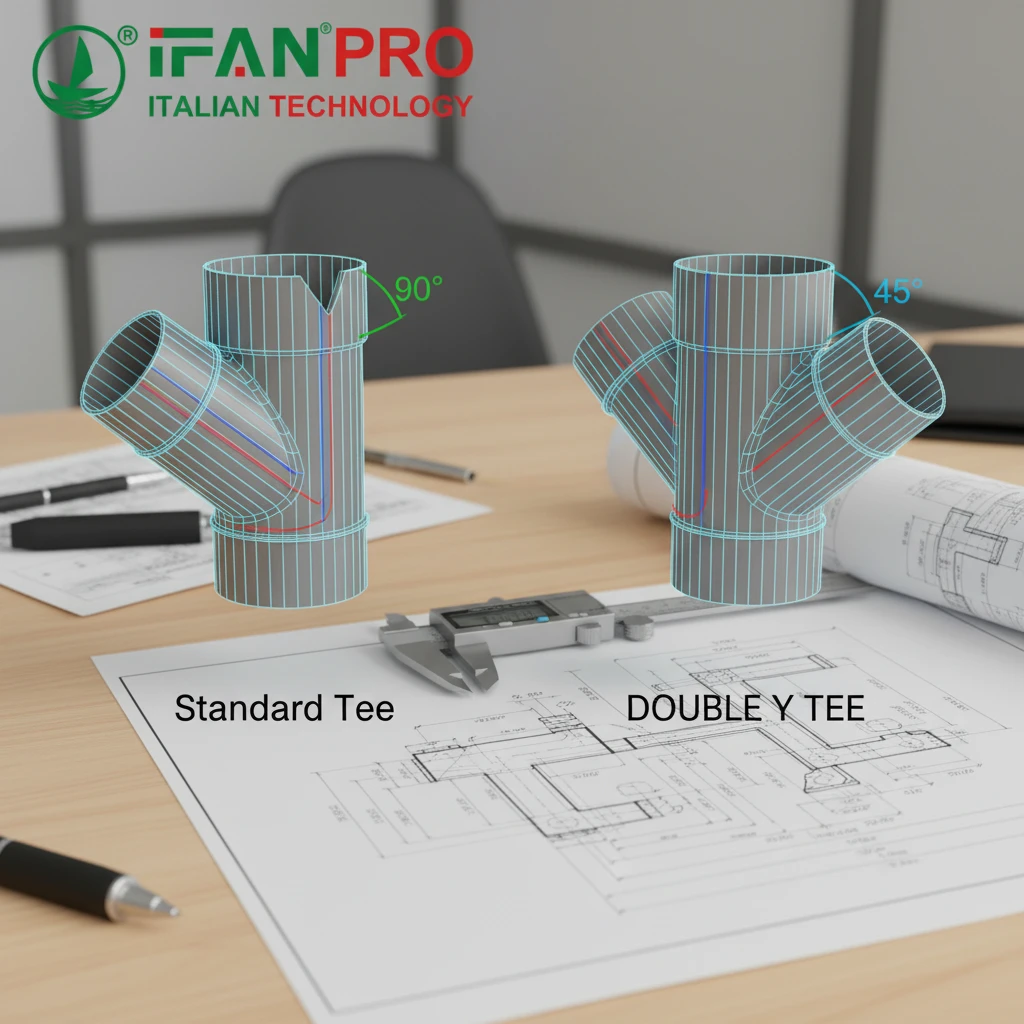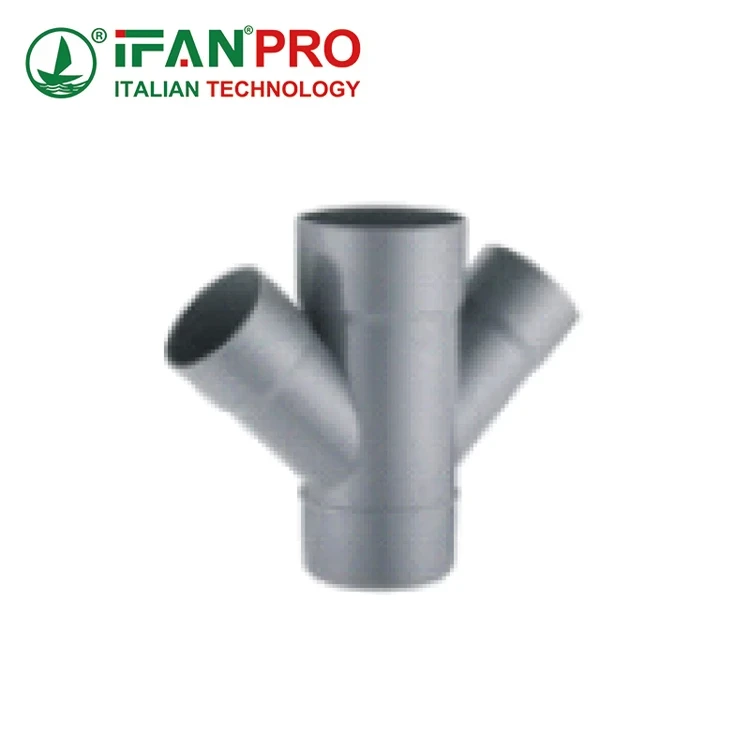Optimization of Gas Piping Systems: Improving Efficiency and Safety
Introduction
Optimizing gas piping systems enhances both efficiency and safety. Proper design, installation, and maintenance play crucial roles. Effective optimization reduces energy consumption, minimizes risks, and ensures system reliability.
System Design Considerations
Accurate Sizing
Properly size gas pipes to match the system’s demand. Incorrect sizing leads to inefficiencies and potential hazards. Use flow calculators and follow local codes to determine the correct pipe diameter.
Efficient Layout
Design the layout to minimize bends and turns. Straight runs reduce resistance and pressure loss. Plan the routing to avoid obstacles and simplify future maintenance.
Material Selection
Choose high-quality materials for durability and performance. Opt for corrosion-resistant pipes and fittings to ensure long-term reliability. Consider materials like steel or copper for high-pressure applications and PEX or PVC for lower-pressure systems.
Installation Best Practices
Proper Installation Techniques
Follow manufacturer guidelines and local regulations for installation. Ensure all joints and connections are secure and leak-proof. Use appropriate tools and techniques to avoid damage during installation.
Leak Detection
Inspect all connections and fittings for leaks. Use gas detectors or soapy water solutions to identify leaks. Address any leaks immediately to prevent safety hazards.
Pressure Testing
Conduct pressure tests to verify system integrity. Ensure the system can handle the required pressure without leaks. Regular testing helps identify and address potential issues before they become major problems.
Maintenance Strategies
Regular Inspections
Perform routine inspections of the gas piping system. Check for signs of wear, corrosion, or damage. Regular inspections help identify issues early and prevent potential failures.
Cleaning and Maintenance
Keep the system clean and free from debris. Schedule periodic maintenance to ensure all components are functioning correctly. Replace worn or damaged parts promptly to maintain system performance.
Upgrades and Replacements
Upgrade components as needed to improve efficiency. Replace outdated or inefficient parts with modern, energy-efficient alternatives. Consider automated controls or sensors to enhance system performance and monitoring.
Efficiency Improvements
Reduce Pressure Drops
Minimize pressure drops by ensuring smooth and unobstructed flow. Use appropriately sized pipes and minimize the number of fittings and bends. Pressure regulators can help maintain optimal pressure levels.
Energy-Efficient Components
Install energy-efficient components, such as high-efficiency burners and regulators. Optimize the system to reduce energy consumption and operational costs. Consider energy-saving technologies that improve overall system efficiency.
Insulation
Insulate gas pipes to reduce heat loss and improve energy efficiency. Proper insulation helps maintain the desired temperature and reduces energy consumption. Insulation also protects pipes from temperature extremes and potential damage.
Safety Measures
Safety Valves and Shut-Offs
Install safety valves and automatic shut-off systems to protect against overpressure and other hazards. Ensure these safety features are functional and regularly tested.
Training and Certification
Ensure that all personnel involved in the design, installation, and maintenance of gas piping systems are properly trained and certified. This ensures adherence to safety standards and best practices.
Emergency Preparedness
Develop and implement an emergency response plan for gas leaks or other incidents. Train personnel on emergency procedures and ensure that emergency equipment is readily available.
Troubleshooting Common Issues
Leakage
If leaks are detected, turn off the gas supply and address the issue immediately. Tighten connections, replace damaged components, or reapply sealants as needed. Conduct thorough inspections to locate and fix all leaks.
Pressure Fluctuations
If experiencing pressure fluctuations, check for blockages or obstructions in the system. Verify that pressure regulators are functioning correctly and adjust as needed.
Corrosion and Wear
Inspect for signs of corrosion or wear. Replace corroded or damaged pipes and fittings promptly. Use corrosion-resistant materials to extend the lifespan of the system.
Conclusion
Optimizing gas piping systems enhances efficiency and safety. By focusing on accurate design, proper installation, regular maintenance, and efficient operation, you can improve system performance and reduce risks. Implement best practices for material selection, installation, and maintenance to ensure a reliable and safe gas piping system. Regularly evaluate and upgrade components to maintain efficiency and safety over time.
Connecter
IFAN est un fabricant chinois de tuyaux, de raccords et de vannes en plastique, fort de 30 ans d'expérience. Si vous êtes intéressé par IFAN Raccords en cuivre, vannes en cuivre, tuyaux et raccords en plastique, veuillez nous contacter. IFAN offers you a variety of standard pipes to meet your specific needs. Click below to learn more about IFAN’s wide range of affordable and cost-effective valve products and piping system related products.
We will reply your email or fax within 24 hours.
You can call us at any time if there is any question on our production.
For more information,pls visit our webside https://ifanpro.com/
Veuillez envoyer un courrier à l'adresse suivante [email protected]
Whatsapp : + 86 19857948982














Commentaires récents